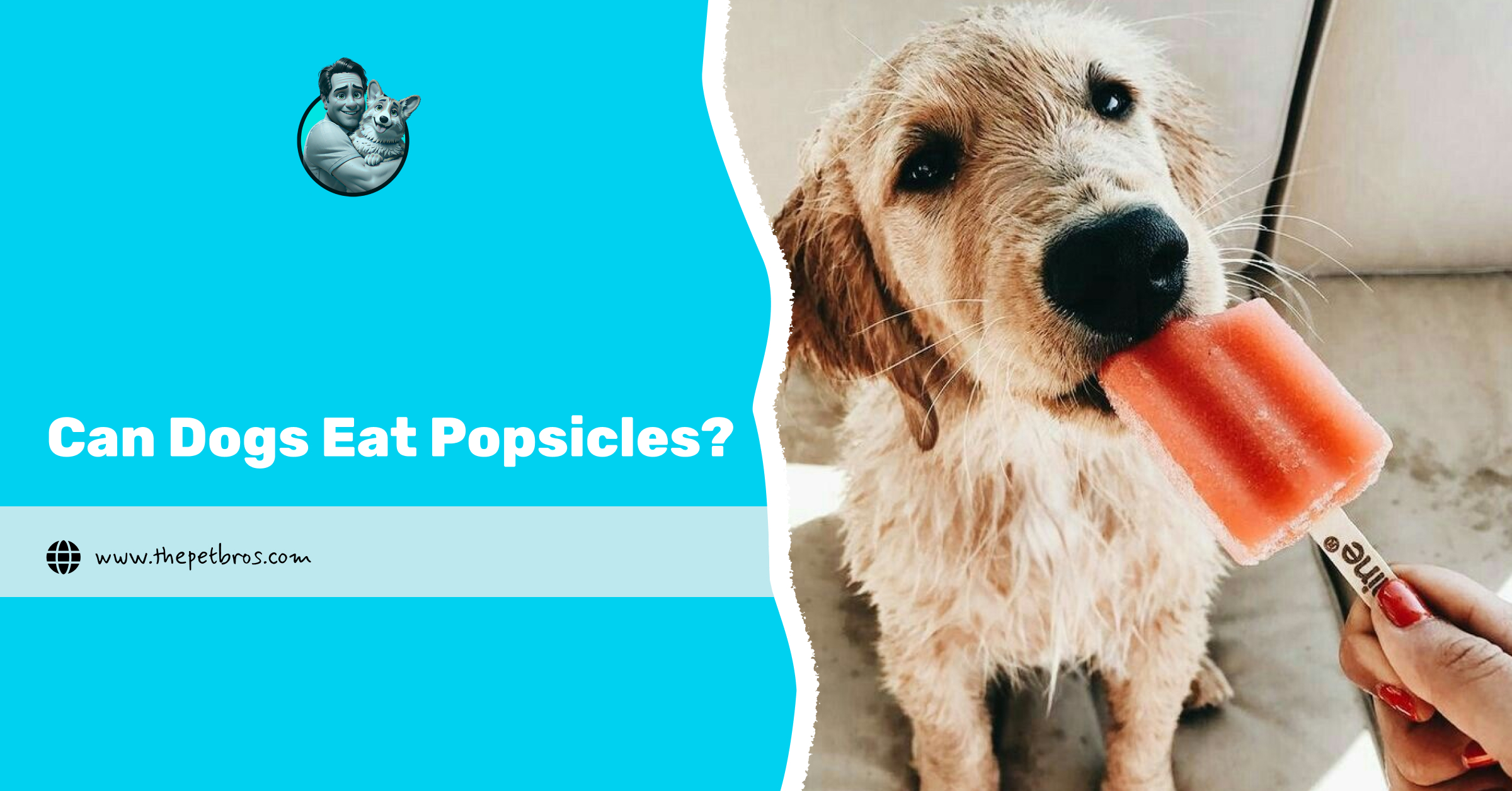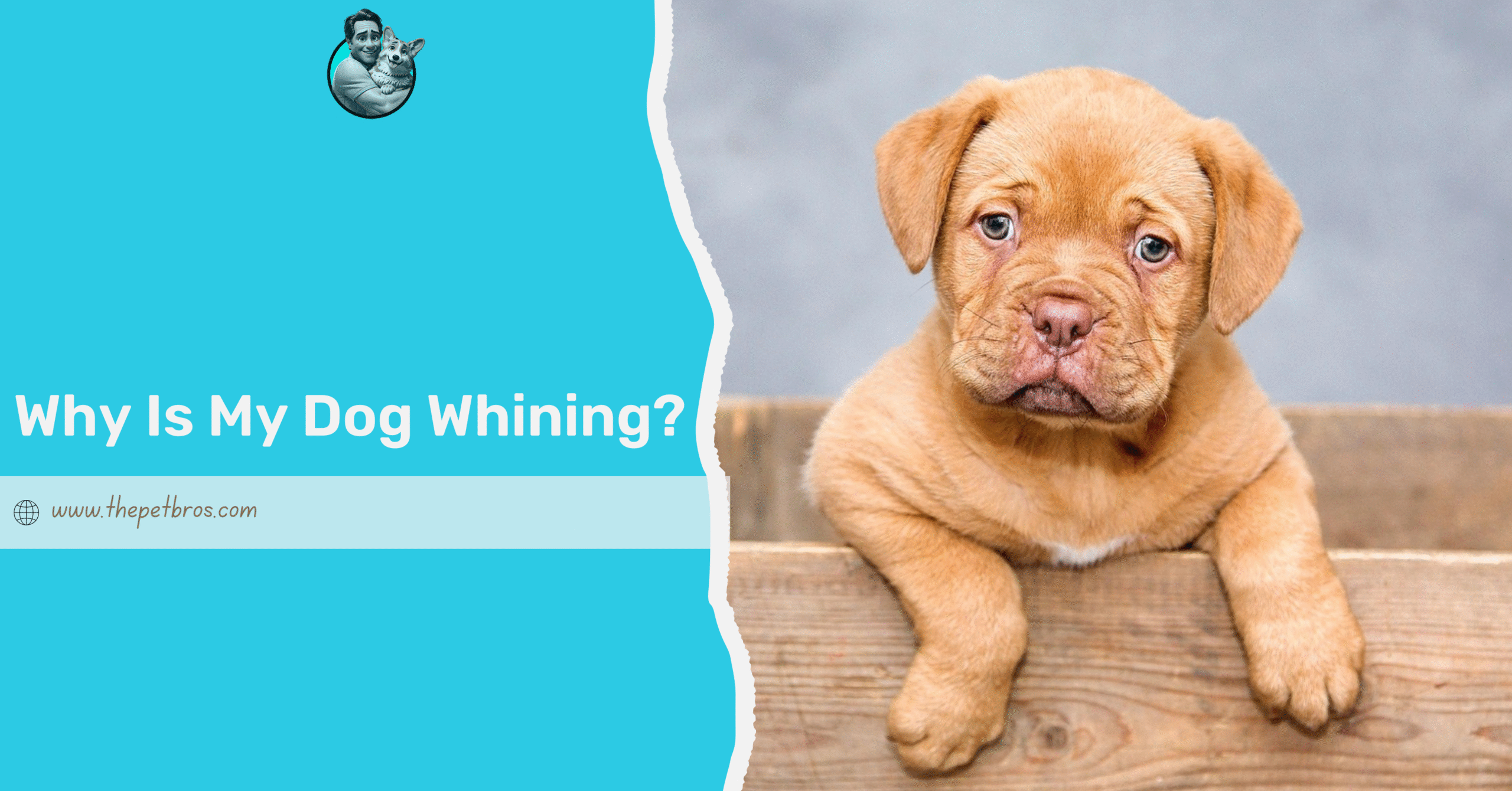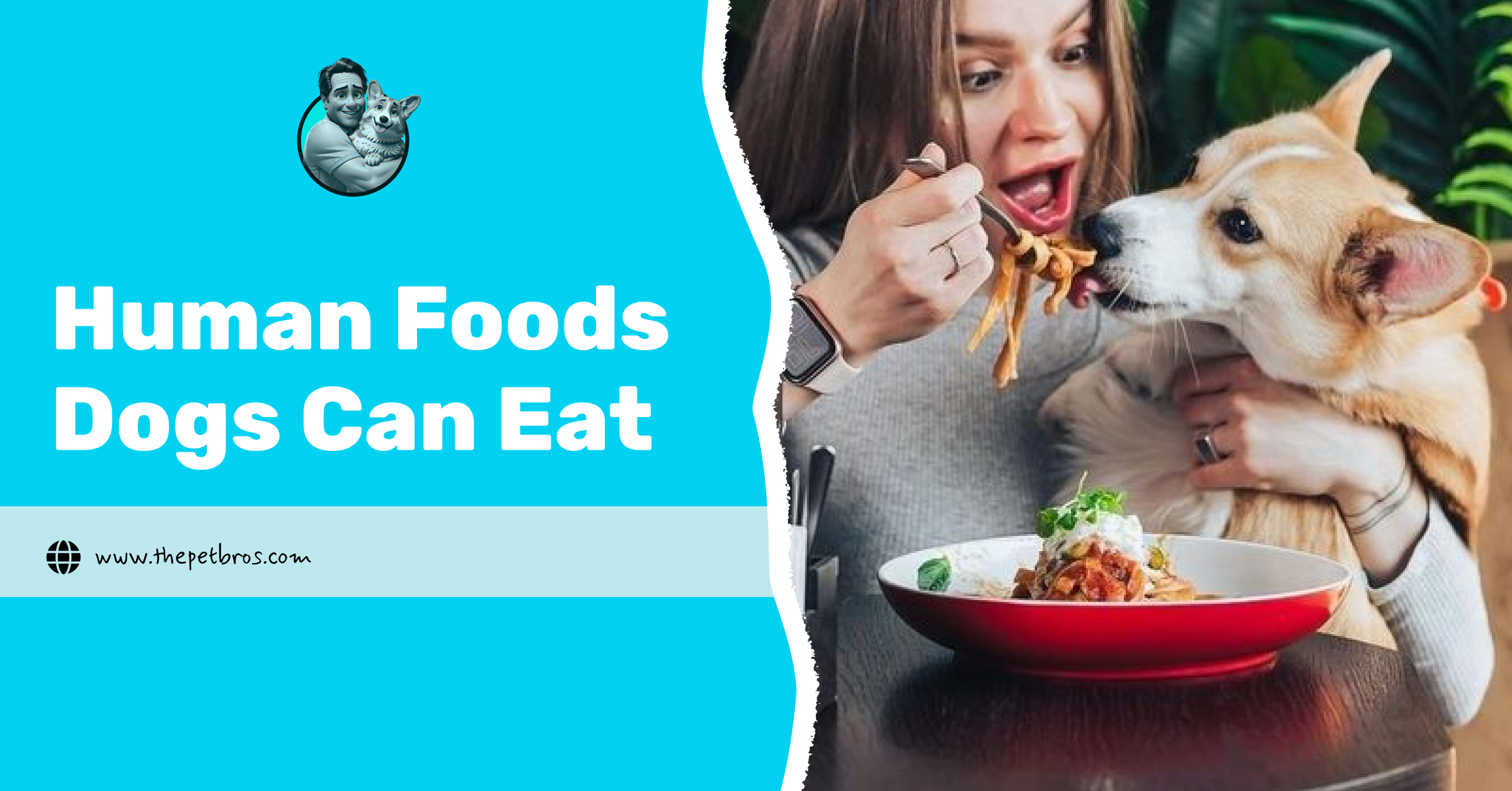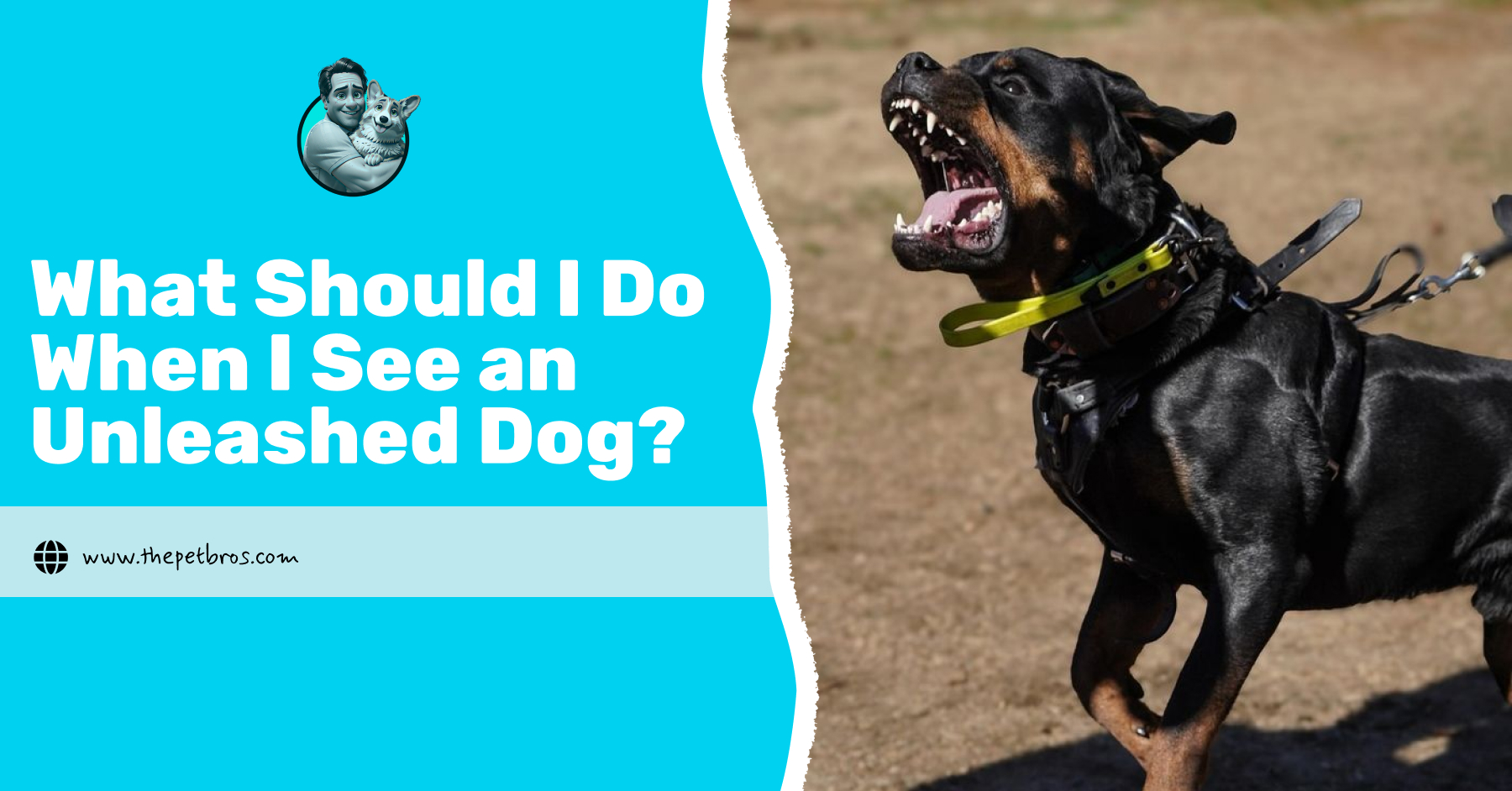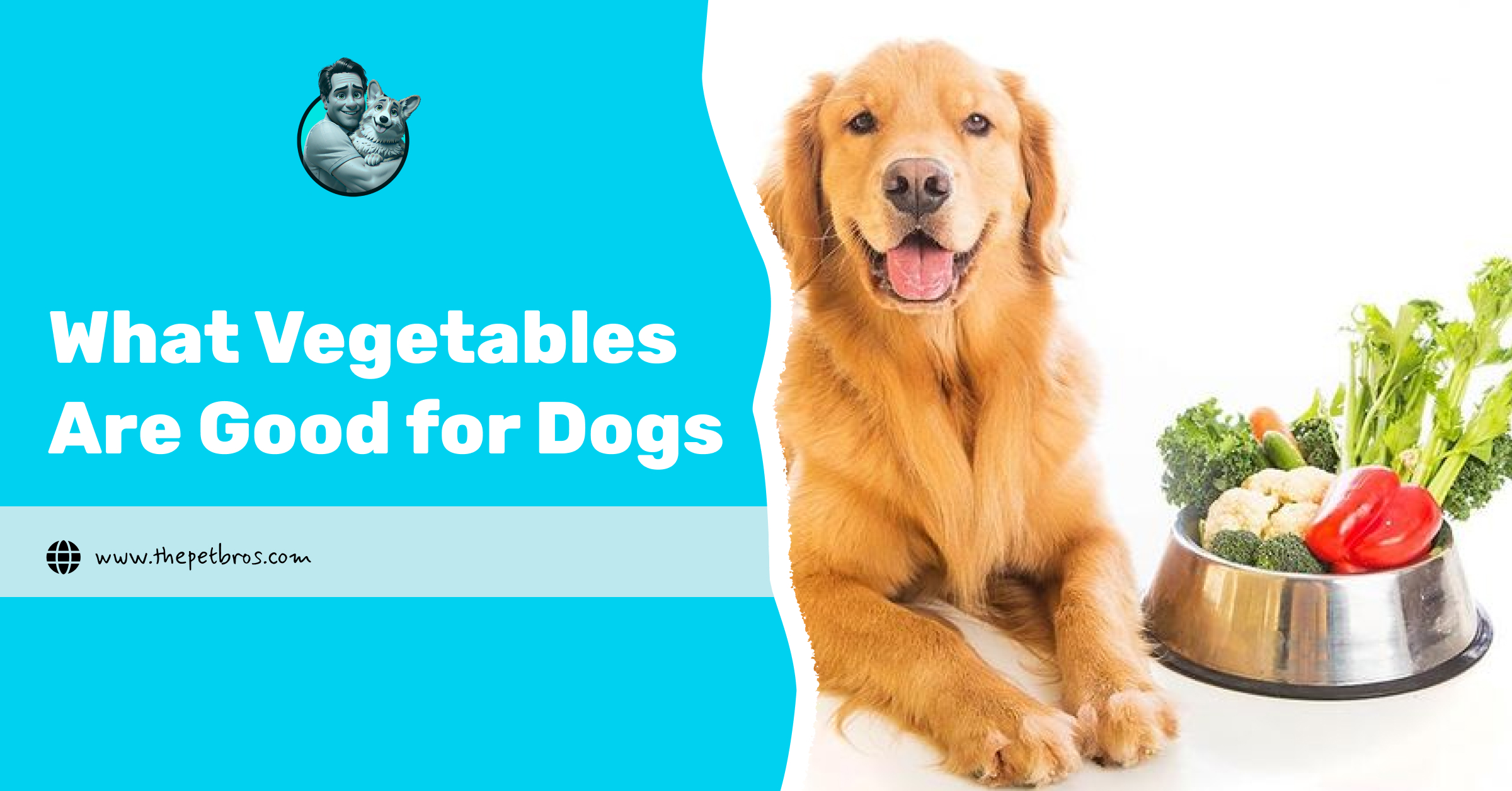It’s a hot day, you’ve just unwrapped a popsicle, and before you’ve even taken a bite, your dog is already giving you the “share with me” stare. We’ve all been there. But the real question is, can dogs eat popsicles?
Well, the answer is yes, but not all popsicles are safe for dogs. Store-bought ones are often loaded with sugar, artificial sweeteners, or even toxic ingredients like xylitol and grapes. Even the stick itself can be a hazard if your pup gets too excited. The good news is that with the right ingredients, popsicles can actually be a fun, cooling treat for your dog.
In this article, we’ll break down which popsicles to avoid, safe homemade options, and what to do if your pup sneaks one when you’re not looking.
Can Dogs Eat Popsicles and Are They Safe?
Yes, dogs can eat popsicles, but not all of them are safe for them. Most store-bought popsicles are packed with sugar and artificial flavours that can upset your dog’s stomach or lead to unnecessary weight gain. Some even contain xylitol, an artificial sweetener that is highly toxic to dogs, while others include chocolate or grape flavouring, which can cause serious illness.
If you want your dog to enjoy a frozen treat, homemade popsicles are a safer choice. You can make them using simple, everyday human foods that are safe for dogs to eat, such as bananas, blueberries, or plain yoghurt. These natural ingredients not only make for a refreshing snack but also provide nutrients like vitamins and antioxidants that support your dog’s health.
It’s also important to avoid giving your dog the popsicle stick. While it might not be poisonous, it can easily become a choking hazard or cause intestinal blockage if swallowed.
How Many Popsicles Can a Dog Have?
The number of popsicles your dog can safely eat depends on their size, diet, and the ingredients used. As a general rule, treats like popsicles should make up no more than ten per cent of your dog’s daily food intake. Even homemade popsicles made with safe ingredients can add extra sugar and calories, so moderation is key.
One small dog-safe popsicle, eaten a few times a week, is usually plenty for most dogs. Always pay attention to how your dog reacts afterwards. If they start acting uncomfortable, whining at night, or showing signs of an upset stomach, it’s best to reduce their intake.
And while it might be tempting to share your ice lolly, it’s better to keep their treats separate from yours. The same way your dog might lick your feet out of curiosity, they’ll probably do the same with whatever you’re eating. So, keep your popsicle to yourself and save their special treat for later.
Safe Homemade Popsicle Ideas for Dogs
The best way to let your dog enjoy a popsicle is to make it yourself. That way, you know exactly what’s inside: no added sugar, no dangerous sweeteners, just wholesome ingredients your dog can safely enjoy.
Here are a few easy ideas you can try at home:
- Frozen fruit pops: Blend dog-safe fruits like bananas, apples, cucumber, blueberries, watermelon, or strawberries with a bit of water and freeze them in moulds or an ice tray.
- Peanut butter pops: Mix a spoonful of dog-safe peanut butter (make sure it doesn’t contain xylitol) with plain yoghurt or mashed banana for a creamy frozen treat.
- Broth cubes: Pour unsalted chicken or beef broth into an ice tray and freeze. It’s simple, hydrating, and perfect for dogs who love savoury snacks.
- Yoghurt and veggie mix: Combine plain yoghurt with pureed carrots or pumpkin for a cooling treat that’s gentle on your dog’s stomach.
- Frozen KONG or toy treat: Fill a KONG with mashed fruit or dog food and freeze it for a longer-lasting reward that keeps your dog entertained.
What to Do if Your Dog Eats a Popsicle (or Stick)
If your dog sneaks a lick of your popsicle, don’t panic just yet. The first thing to do is check what was in it. If it contains chocolate, grapes, or xylitol, call your vet immediately. These ingredients can be toxic to dogs, even in small amounts. If it’s just a bit of a sugary popsicle, your pup might get away with an upset stomach or mild diarrhoea.
However, if your dog eats the popsicle stick, that’s a different story. Sticks can splinter or become lodged in the throat or intestines, potentially causing pain, vomiting, or difficulty swallowing. If your dog starts limping, acting restless, or showing discomfort, such as licking a swollen or red paw due to irritation, it could mean something is wrong internally or that an infection has been triggered.
Keep an eye on their behaviour for the next 24 hours. Watch for signs such as vomiting, loss of appetite, whining at night, or changes in their walking or breathing patterns. If anything feels off, it’s always safer to call the vet. They may recommend an allergy test if symptoms such as itching or redness appear after your dog eats a new treat, especially if they are sensitive to dairy or fruit ingredients.
If everything seems fine, take it as a lesson in prevention. Dogs are curious and fast one second, you’re unwrapping a popsicle, and the next, they’re halfway through it.
Conclusion
Dogs can absolutely enjoy popsicles, but choosing the right kind makes all the difference. Store-bought popsicles may seem harmless, but most are loaded with sugar, sweeteners, or artificial flavours that can upset your dog’s stomach or trigger allergies. Homemade versions made with simple, dog-safe ingredients like yoghurt, banana, strawberries, or blueberries are a far better option.
A good rule of thumb is to treat popsicles as an occasional reward, not a daily indulgence. Watch for any unusual reactions, such as red paws, itching, or tummy discomfort, after trying new ingredients. If something feels off, consult your veterinarian.
FAQs
Can I let my dog lick my popsicle?
It’s better not to. Human popsicles often contain too much sugar or unsafe ingredients. If you want to share, make a simple dog-safe version instead.
Can dogs have ice cream?
Most ice creams contain sugar and dairy, which can upset your dog’s stomach. Opt for dog-friendly ice cream or frozen yoghurt treats designed for pets.






